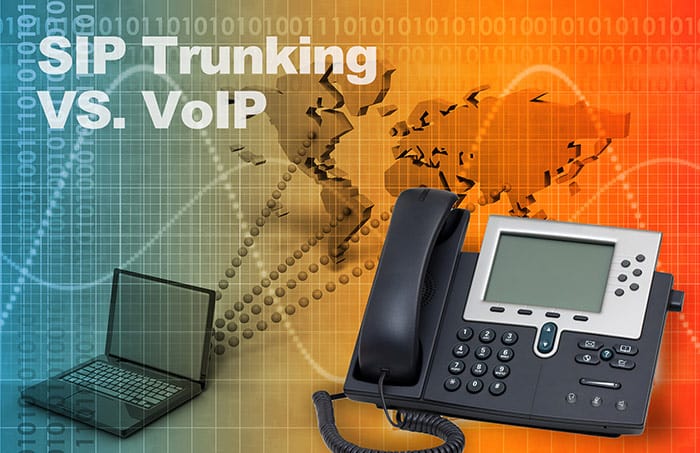Who says business numbers must be strictly serious? Your number can be an opportunity for displaying creativity to attract customer attention. Here we will look at how some companies have used their toll free numbers in exciting ways to draw customers to their businesses.
Creative Uses of Toll Free Numbers
Businesses continue to demand toll free numbers for a simple reason: they work. They are very helpful in bringing customers to a business and they add a subtle layer of professionalism. And, the effects are even more profound when you use vanity toll free numbers.
Vanity numbers insert patterns or letters within the number itself to make it stand out from other numbers. Here’s an opportunity for businesses to insert their name or a feature associated with their business. And it makes for a great way to market your business as well because these numbers are easy to recognize and remember. We have compiled some of (what we think are) the best toll free numbers out there; here’s a look!
Six Best Toll Free Numbers
1. 1-800-GO-FEDEX — FedEx, the go-to multinational delivery service’s contact uses a vanity toll free number with its name inserted in it.
2. 1-800-HURT-NOW — a toll free line for personal injury attorneys. Calling this number can help you get connected with a personal injury attorney best suited for your case.
3. 1-800-THRIFTY — Thrifty Car Rental’s customer service for online reservation help. Interestingly, their other toll free contact number is 1-800-FOR-CARS.
4. 800-GIANT-MEN — The Gentle Giant Moving Company inserts its name creatively in its business number to market its brand, emphasizing that they are giants of moving.
5. 1-800-DOG-POOP — This pooper scooper service’s vanity toll free number immediately grabs your attention!
6. 1-800-GOT-JUNK? — You must have seen this vanity number displayed on vans and billboards across the street. This is a toll free number for the world’s largest junk removal service.
Other Popular Toll Free Numbers
Besides the above, here are some other common toll free numbers that you may have used from time to time:
- 888-BBT-ONLINE
- 1-800-WALGREENS
- 1-800-CALL-LEE
- 1-800-FLOWERS
- 1-800-TAXI-USA
- 1-888-BEST-BUY
- 1-800-T-MOBILE
- 1-888-SANDALS, and there are many more
Funny Phone Numbers
If your business wants to really grab the attention of potential customers, there is nothing quite like humor to hook them in. Many companies have taken a clever spin on vanity numbers, using just their phone number to create a fun, memorable, positive experience for customers. Now for some examples of the funniest business numbers:
- 800-IGo-HoJo — Howard Johnson’s
- 800-9CAKE90 — Piece of Cake Inc
- 800-FIT-IS-IT — Jazzercise Dance Fitness Program
Vanity Numbers for Your Business
Vanity toll free numbers are excellent tools for businesses to consider. They can be highly versatile, offering beneficial features for marketing endeavors, connecting with customers, and adding a further level of reassurance. A business number that stands out from the crowd as a notable, memorable number is always a good thing; why not place your business ahead of the competition with additional credibility? If your business is aiming to make an impact with clever marketing, there are endless possibilities when using a vanity number.
Vanity Toll Free Numbers with United World Telecom
Are you interested in purchasing a toll free number or vanity toll free number for your business? Our inventory is highly inclusive, so if you are searching for a particular type of toll free number, we may be able to assist you. United World Telecom offers toll free numbers in more than 160 countries across the world. To find out how we can help you get more customer calls and drive up sales, call us today at 1 (877) 898 8646.








